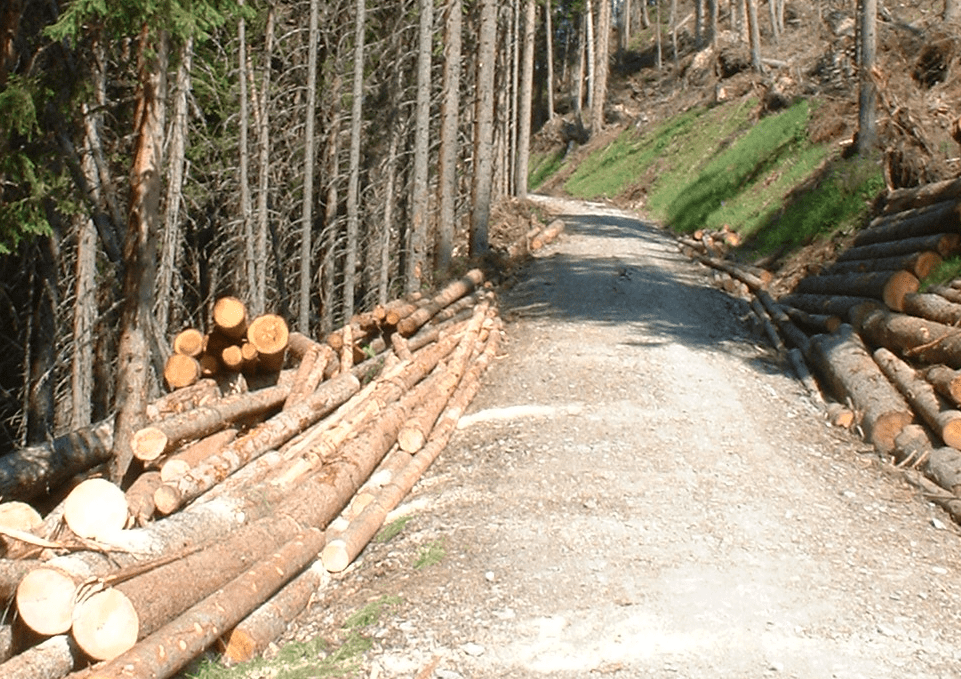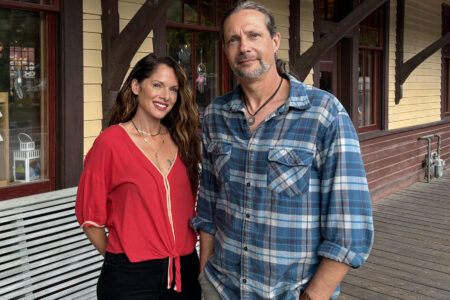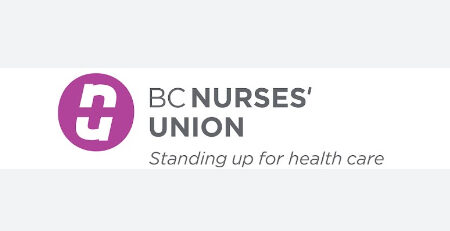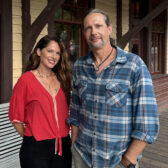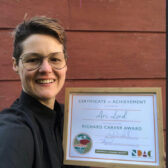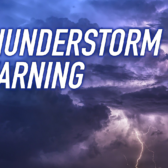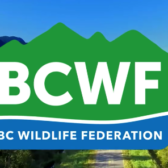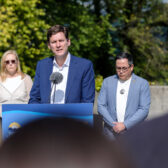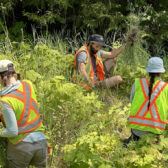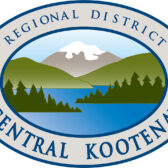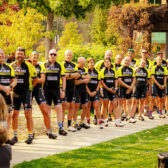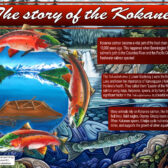Logging project reducing risk of wildfire in Nelson’s watershed
An ongoing wildfire risk reduction project on 70 hectares of forest just outside of the city is reducing the threat of fire inside the city, according to a regional district official.
Joel Hamilton said the Selous Creek Wildfire Risk Reduction project — for a price tag of $580,340 — was to offer planning and treatment of the forest immediately adjacent Nelson city limits, the city’s Selous Creek water intake and infrastructure including historic trestles on the Burlington Northern Rail Trail.
By creating and employing fuel modification prescriptions, four distinct areas outside of the city were able to be logged by Kalesnikoff Lumber, said Hamilton, the RDCK’s wildfire mitigation supervisor and regional emergency operations centre planning section chief.
“This area is close to the City of Nelson and critical infrastructure, including public waterworks on Selous Creek,” he said. “A wildfire in this area could have the potential to threaten areas within the city due to an advancing fire front or by creating an ember shower which could cause significant damage well beyond the fire front.”
The logging is part of a longer-term forest succession plan that builds better conditions for large older trees to live out their lives, as well as offering space for young trees to grow.
However, there has been an attempt since the start of the project to retain most of the visual aspects of the landscape surrounding the city because of the high tourism values associated with the forest vista.
A collaboration between the RDCK and the City of Nelson, the project will maintain the biodiversity of the area, said Hamilton, “enhance fire and forest health resilience from the perspective of climate change and reduce the forest fuel hazards through fuel modification treatments.”
After treatment the surface fuels will be reduced and the residual fibre will be hauled to Mercer-Celgar pulp mill, reducing greenhouse gas emissions by avoiding on-site burning.
There are 40 projects in all across the West and East Kootenay region taking place to reduce the risk of wildfire to protect communities.
Follow the money
A Community Wildfire Protection Plan (CWPP) or a Community Resiliency Protection Plan (CRPP) — using funding from the Forest Enhancement Society of BC (FESBC) — is first created to identify the location of buildings, communications infrastructure, water, power, safe places and emergency escape routes.
Then, based on the amount of woody fuel risk, the CWPP or CRPP prioritizes which treatments should be done first.
Wildfire risk mitigation planning and treatments varies depending on where the project is located.
Wildfire treatments will often space trees far apart and remove low branches in order to keep a fire on the ground and to reduce the amount of wood in the forest, so it doesn’t burn as hot.
Some communities have chosen to plant broad-leaved trees in specific areas because they are often more fire-resistant.
Other projects in the region
Two locations on either side of Nelson are also receiving treatment in a wildfire risk reduction project — worth $609,406 — Kokanee Creek (near Long Beach) and Smallwood Creek (near Beasley), 14 kilometres west of Nelson.
The areas near Kokanee Creek were identified as high to extreme risk for wildfire, while the areas in Beasley were identified as moderate to extreme. Both project areas were adjacent to private lots containing infrastructure.
Further afield on the North Shore in Balfour and Queen’s Bay is a $423,640 wildfire risk reduction planning and treatment project, while a $201,994 fuel reduction treatment in Kokanee Provincial Park is complete.
In Kokanee the goal was to remove excessive fuel loading in the understory, creating more stable conditions for fire fighters to extinguish wildfires within the community. As well, deciduous tree and shrub species were targeted to remain to reduce fire behaviour and provide wildlife habitat and minimized surface fuel by pile burning, chipping and spreading, or chipping and hauling slash accumulations.
• Kaslo and District Community Forest Society
Wildfire risk reduction
Cost: $300,000
Planning and survey activity under this project aims to assist with the development and implementation of a landscape-level wildfire protection plan within the Kaslo and District Community Forest (KDCF) that builds on the existing 2017 Kaslo and Area D Community Wildfire Protection Plan.
• Nakusp and Area Community Forest
Wildfire risk reduction
Cost: $417,585
The goal of the project was to reduce wildfire risk in areas identified in the RDCK Area K and Nakusp 2018 Community Wildfire Protection Plans as having a high-to-moderate wildfire risk.
The intention is to create a series of strategically placed fuel breaks surrounding the community of Nakusp that will act as a last line of defence against an approaching wildfire.
• Harrop-Procter Community Co-operative
Wildfire risk reduction
Cost: $234,600
The West Procter Face, one kilometre south of the Village of Procter, was identified as a top priority for wildfire fuel reduction. This project will reduce wildfire risks by significantly reducing fuel loading in a critical interface area.
Surface and ladder fuels will be removed and the overstory will be thinned. Project activities include mechanized logging and thinning, log hauling, and post-treatment cleanup to remove surface and ladder fuels with the goal of recovering and utilizing as much of the removed fibre as possible in order to achieve climate change objectives.
• Central Kootenay Collaborative Regional Wildfire Risk Reduction planning group
Wildfire risk reduction (complete)
Cost: $74,982
The objective of this project was to support the RDCK and BC Parks by developing prescriptions for shaded fuel break treatments for four fuel break review areas, totalling over 550 hectares and developing a maintenance prescription for one existing 69 hectare fuel break as described in the West Arm Provincial Park Fire Management Plan.
• Fuel reduction: Riondel, Kingsgate, Fauquier, and Nelson
Wildfire risk reduction
Cost: $501,570
This project was for wildfire risk reduction treatments near the communities of Riondel, Kingsgate, Fauquier and the Burlington Rail Trail near Nelson.
These areas were identified as high priority areas for fuel management treatments in the RDCK’s Community Wildfire Protection Plan as being at high risk for wildfires.
• West Arm Provincial Park, Champion Lakes Park
Wildfire risk reduction planning and treatments
Cost: $281,672
Fuel reduction for close to 50 hectares near Champion Lakes Park (northwest of of Fruitvale), and wildfire fuel management treatments to create a landscape level fuel break in a 12-hectare area along Lasca Creek Road at West Arm Park.
This goal for West Arm Park was to reduce the tree density and woody fuel in order to lower the wildfire risk to the area adjacent West Arm Park. A shaded fuel break was planned that will reduce the risk of wildfire to the adjacent properties, watershed above Nelson, and community, protecting the area and park values.
• Procter Wildfire Risk Reduction Prescriptions Organization
Wildfire Risk Reduction
Cost: $36,842
This project was aimed at preparing prescriptions for wildfire risk reduction treatments on approximately 140 hectares within the boundaries of the Harrop-Procter Community Forest.
The proposed treatments will be coordinated with other forest management objectives for the community forest, including rehabilitation of low-value stands and recovering fibre normally left for burning.
• Wildfire risk reduction treatments for Slocan Integral Forestry Cooperative (SIFCO)
Wildfire risk reduction
Cost: $1,725,447
SIFCo is working towards completing their Landscape Level Strategic Wildfire Protection Plan. The innovative plan lays out 12 Strategic Fuel Management Zones located across main fire movement corridors.
These zones create large defendable fuel breaks, each spanning hundreds of hectares. SIFCo’s plan articulates five types of treatments to be used in those zones, including an ecosystem restoration treatment type which reintroduces fire through prescribed burns.
The 185 hectares of fuel breaks created through this new approach to treatment will leave forest behind and not a bare landscape.


